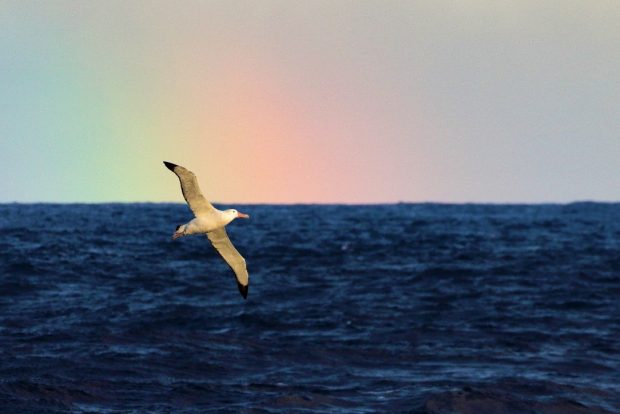
At a time when the news continues to be filled with stories of habitat destruction, South Georgia & the South Sandwich Islands (SGSSI) is a rare example of an ecosystem in recovery. The UK Blue Belt Programme has supported this recovery over the past 4 years, and it builds on a strong foundation of research and monitoring in the Territory that dates back to the Discovery Expeditions of the 1920’s and beyond. The two research stations at Bird Island and King Edward Point run by our science partners at the British Antarctic Survey with support from the Foreign, Commonwealth and Development Office , provide invaluable data that ensure our environmental management is evidence-based, precautionary, sustainable and responsible.
In 2017/18 the first five-year independent review of South Georgia & the South Sandwich Island’s Marine Protected Area was supported by Blue Belt. A panel of scientists, non-governmental organisations, tourism and fishing industry representatives, and the Government came together to review the effectiveness of the Marine Protected Area. The review panel concluded that the objectives of the Marine Protected Area were being met, but after considering over 200 relevant peer reviewed papers also recommended a number of enhancements. These were subsequently implemented by the Government of South Georgia & the South Sandwich Island’s to further safeguard biodiversity in the marine environment, and included extending the no-take zones where all fishing is prohibited to over 280,000 km2 including areas of highly biodiverse seamounts and the deepest trench in the Southern Ocean.
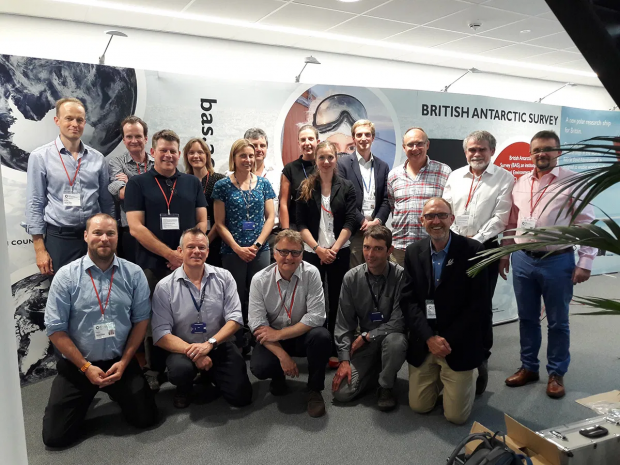
The same review also highlighted areas where data gaps exist and further information would be beneficial, and from this a new research & monitoring plan has been developed in conjunction with British Antarctic Survey and funding from the Darwin Initiative. As part of the review team, I was staggered by the sheer volume of high quality scientific papers from South Georgia & the South Sandwich Islands that had been produced in the five years since the Marine Protected Area was established, and I have no doubt that the next review will see just as many exciting papers to consider. The 2023 review will be aided considerably by a new MPA Data Portal designed to allow managers, scientists and stakeholders to access the latest information on the status and trends of marine biodiversity, environmental conditions and human activities at South Georgia & the South Sandwich Islands.
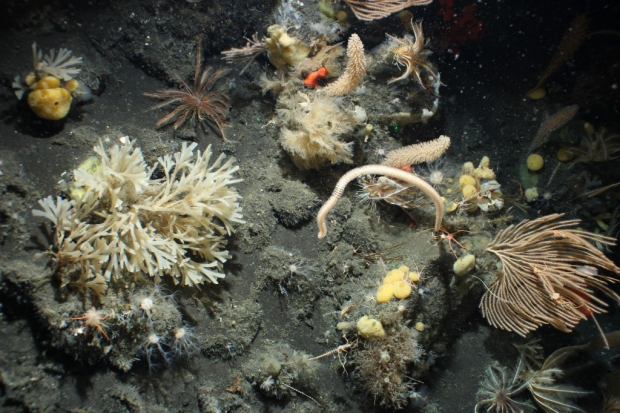
The UK Overseas Territories are all at different stages in the development of their marine management and whilst Tristan da Cunha has recently declared its Marine Protection Zone, South Georgia & the South Sandwich Island’s’s Marine Protected Area was designated back in 2012. This means we have a wealth of experience to share – not only the aspects that have worked well and the best practices we have developed with our stakeholders, but also areas where we might have done things differently if we had our time again. I have been fortunate to attend events such as the Blue Belt Workshop held in St Helena in 2018 and the 2019 Blue Belt Symposium in Falmouth, and I have been able to build relationships with other Territories where we maintain an active dialogue on shared issues.
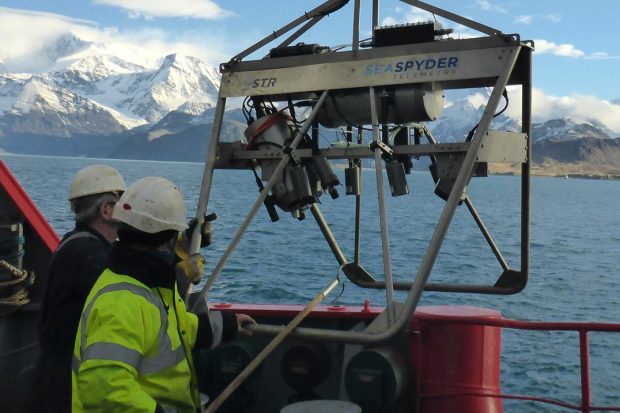
South Georgia’s fisheries are recognised as among the world’s most sustainable and best managed, and our licensed fleet fulfils many roles beyond just fishing. Each legal fishing vessel in the Marine Protected Area acts as a sentinel providing eyes on the water to detect illegal activity, they are exemplars of best practice and compliance, and they are platforms for scientific research. Through the Blue Belt Programme, our toothfish fleet have deployed cameras on long lines and provided countless hours of video footage that has enhanced our knowledge of how fishing gear interacts with the seafloor and what benthic communities are down there. This information, along with that collected from deepwater camera deployments on Blue Belt led research cruises at South Georgia and the South Sandwich Islands, has also been used to validate models developed at Cefas which predict where vulnerable habitats might be located within the MPA and allow us to make evidence-based management decisions.
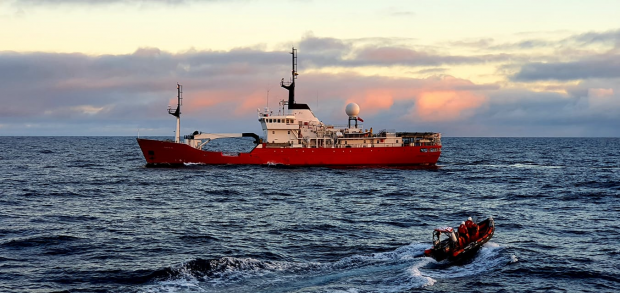
The presence of our licensed vessels can both deter and detect Illegal, Unreported and Unregulated (IUU) fishing activity, however with a maritime zone covering over 1.24 million square kilometres (over five times the size of the UK), additional methods of monitoring are required. The Blue Belt Programme has supported the provision of satellite surveillance and analysis of imagery across our waters, identifying potential threats and allowing more effective use of assets on the water such as our Fisheries Patrol Vessel, the mighty Pharos SG. This collaborative effort was clearly highlighted in 2018 when the pirate vessel FV Nika was intercepted in SG waters, and thanks to the efforts of Pharos SG and Government of South Georgia & the South Sandwich Islands, working with the MMO, OceanMind, Global Fishing Watch, Interpol and a number of other agencies, this boat has now been blacklisted as an IUU fishing vessel.

The environmental recovery we see at South Georgia & the South Sandwich Islands has only happened as a result of active management over a period of many years, and that needs to be maintained to ensure this spectacular revival continues. The Blue Belt programme has supported not only science which is critical for evidence-based decision making, but also the monitoring and surveillance, and compliance and enforcement which is essential in underpinning those management decisions. Our aim is that South Georgia & the South Sandwich Islands should serve as an example to others of world-class sustainable and precautionary management.
We look forward to continuing working closely with the Blue Belt Programme and fellow UK Overseas Territories as we move into 2021 and beyond.
This guest blog was written by Sue Gregory Marine Environment and Fisheries Manger for the Government of South Georgia & the South Sandwich Islands (GSGSSI). Sue is responsible for the day-to-day operation of South Georgia’s fisheries and Marine Protected Area, sheworks closely with the Director of Fisheries and Environment and the Government Officers at King Edward Point to ensure SGSSI’s maritime zone is managed sustainably and to the highest possible standards.
To find out more about South Georgia & the South Sandwich Islands:
To find out more on the Blue Belt programme:
- Read Blue Belt Programme 2016-2020 highlights
- Follow us on Twitter and Facebook
- Visit our GOV.UK website